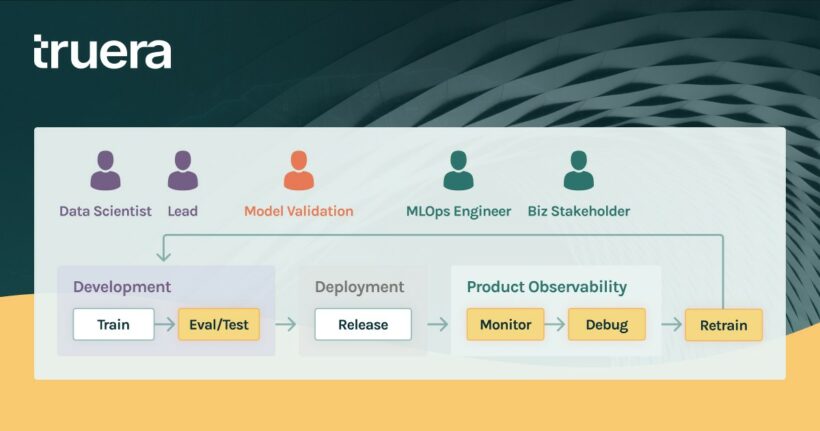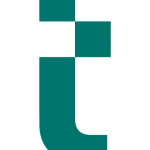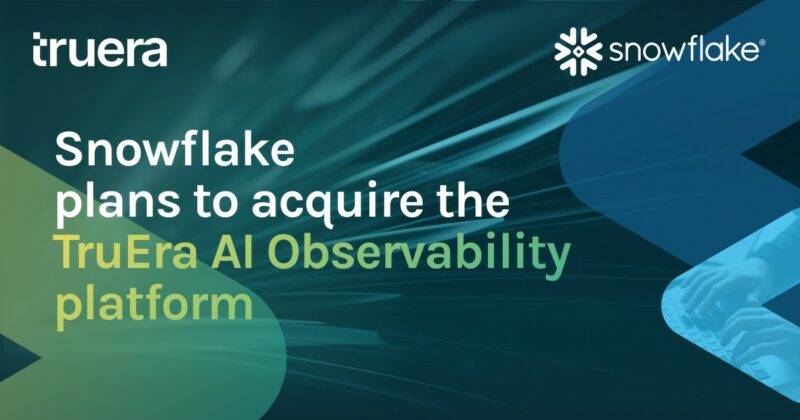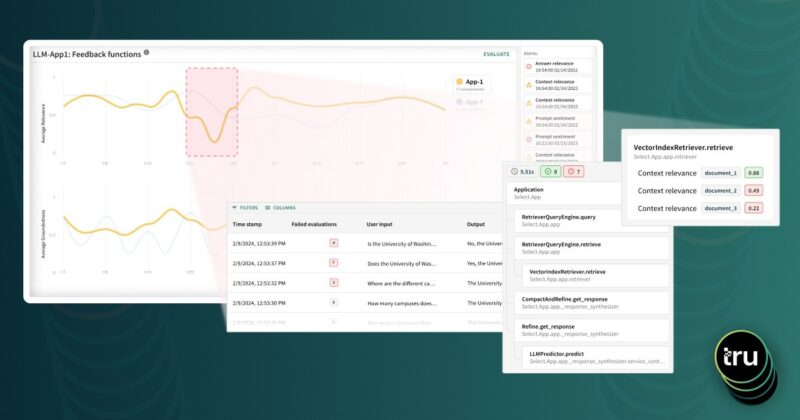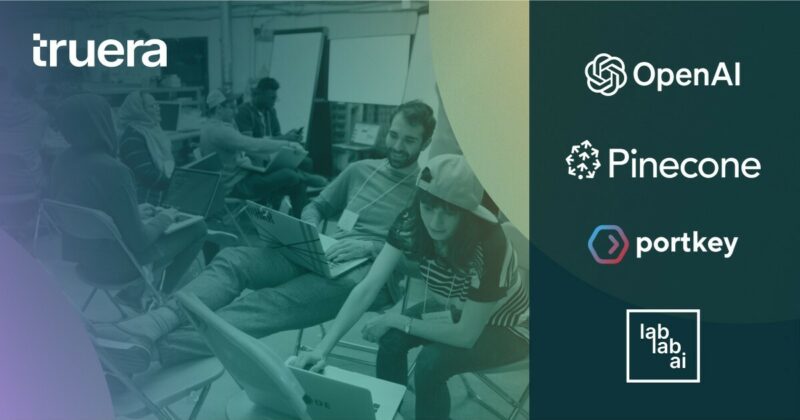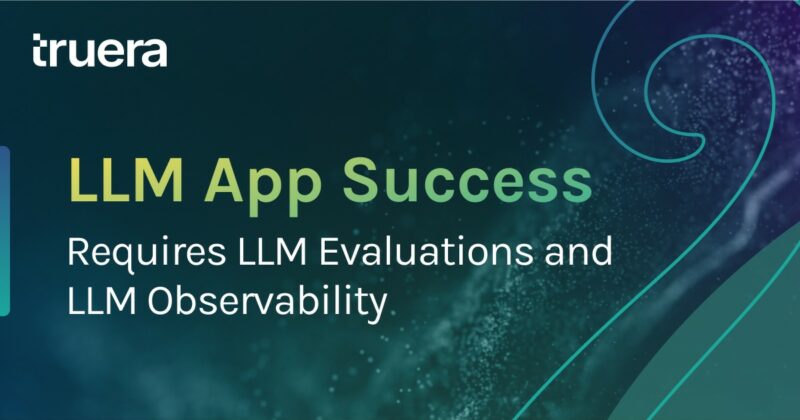For AI Observability to be effective, it needs to enable collaboration with different stakeholders throughout AI model lifecycle, from development to production.
In the dynamic world of machine learning (ML), the need for secure, efficient, and collaborative testing, as well as, debugging and monitoring tools is more critical than ever. These tools empower teams to work cohesively on projects, fostering seamless communication and idea sharing while safeguarding sensitive data. In this blog, we’ll delve into the challenges of authorization (Authz) for AI observability and explore the methodology and principles we follow to ensure a seamless collaborative experience for our users.
Challenges with Authz in AI Observability
Authorization (Authz) plays a crucial role in safeguarding sensitive data and streamlining workflows. Yet, its implementation creates four unique challenges:
- Managing different access levels
In general, the problem arises when organizations need to provide access to data to different roles while ensuring data security. For example, one of our clients, a financial institution, tasked its data scientists to develop a credit risk model that needs to be reviewed and approved by its model risk managers. But this process is quite complex, partly because the organization struggles to manage permissions effectively, leading to delays and security concerns. By implementing TruEra’s Authz system, they were able to clearly define access requirements for each role and streamline permission management, fostering secure collaboration.
- Protecting sensitive Information
Robust data protection processes are essential to comply with privacy regulations and prevent data breaches. One key element is to ensure that access to sensitive data is strictly controlled and limited to authorized personnel. For instance, a healthcare organization working on a patient diagnosis model needs to handle sensitive patient data containing Personal Identifiable Information (PII). An Authz system that offers fine-grained access control can help organizations maintain compliance and safeguard sensitive information.
- Scalability and effective ML monitoring
The challenge here is ensuring that the authorization system remains efficient and secure as the organization grows and the number of ML projects, users, and roles increases. Generally, this means that Authz systems must be capable of adapting to a higher volume of users and resources while maintaining efficient access management. Here, consider a situation where multiple organizations are experiencing rapid growth and expanding their ML initiatives. They all need to ensure that their ML monitoring processes, which involve live production data, can be seamlessly managed as they scale. A well-designed Authz system should be able to support this growth, providing fast and granular access control without compromising security across various organizations.
- Maintaining flexibility and customization
Developing an Authz system that offers flexibility and customization while catering to the varying needs of ML teams across different organizations and sectors remains a challenge for most organizations, particularly because they need Authz systems that can adapt to unique scenarios and allow for easy modification as needed. For instance, imagine several organizations from various industries collaborating on ML projects, each with distinct authorization requirements due to their specific use cases and department structures, a flexible and customizable Authz system can accommodate these diverse needs, ensuring a seamless experience for users across multiple organizations and industries.
TruEra’s Comprehensive Approach
These challenges can be effectively addressed using TruEra AI quality software. Our approach is structured around three pillars: adhering with the principle of explicit authorization, embracing role-based access control and maintaining flexibility with open policy agent.
- The principle of explicit authorization
This principle revolves around the idea that access to resources should be granted only when explicitly assigned, rather than being available by default. It helps maintain strict control over access to sensitive data and resources, so that only authorized users can perform specific actions. This offers numerous benefits, including enhanced security by minimizing unauthorized access and data breaches, reduced complexity through simplified administration, improved auditing and compliance with permission assignments, and scalable access management that can adapt to an organization’s growing needs.
- Embracing role-based access Control : A secure and efficient access management strategy
A well-implemented Role-Based Access Control (RBAC) system is crucial for striking the right balance between access levels for different roles involved in ML diagnostics and monitoring. Indeed, by defining access permissions based on user roles (e.g.User, Admin, ProjectReader, GroupAdmin, ProjectOwner, and ProjectUser) we can simplify management and reduce the complexity of dealing with individual user access.
This allows us to address the needs of data scientists, engineers, and IT administrators while providing a secure and adaptable solution. For example, one of our retail clients needed to effectively manage access permissions for data analysts working on sales forecasting, IT admins maintaining infrastructure, and business stakeholders reviewing insights. The company struggled with complex permission management and data security concerns. After implementing TruEra’s Role-Based Access Control system, they experienced a significant improvement in collaboration and data security.
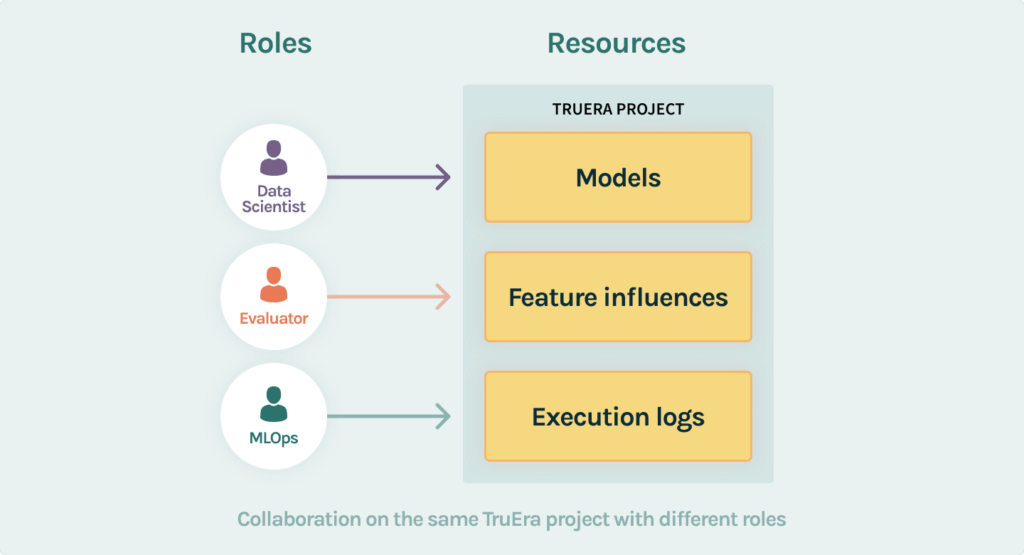
- Ensuring Flexibility with Open Policy Agent
As ML projects, users, and roles grow, our authorization system must be both fast and granular to ensure seamless performance without compromising security. To achieve this, we chose Open Policy Agent (OPA) as the foundation for our authorization system. OPA offers a flexible and customizable framework that allows the easy addition of new rules and adaptation to varying requirements, such as custom roles, resource-based access control, and hierarchical access management.
By incorporating OPA, we can accommodate the diverse needs of ML teams and ensure scalable and efficient access management in the monitoring processes.
- Harnessing the Power of Groups and Roles
To further improve efficiency and simplify administration, our comprehensive authorization approach supports managing user access through groups. By assigning roles to groups, we can grant or revoke access permissions more effectively, ensuring that users have the appropriate level of access to resources based on their group membership.
For instance, a multinational corporation using TruEra’s platform can streamline access management across various departments by assigning roles to groups, reducing the administrative burden, and allowing them to focus on their core ML diagnostics and monitoring tasks.
Conclusion
Authorization is a critical aspect of ML diagnostics and monitoring, ensuring data privacy and secure collaboration. By implementing robust Authz solutions like OPA and following a structured methodology, IT admins and engineers can better safeguard their ML workflows and enhance overall efficiency.
Thank you for joining us on this journey, and we look forward to sharing more updates and insights from our team!
This article was co-authored by Prudhvi Dharmana and Padigender Reddy.
